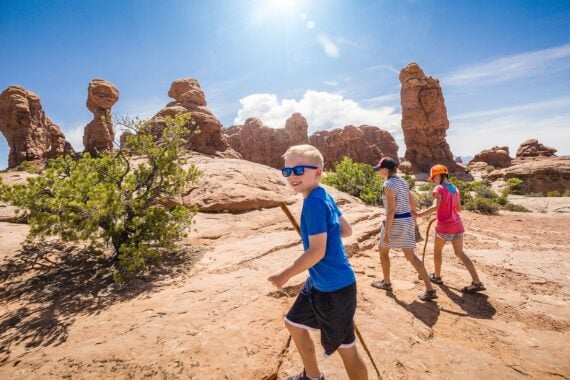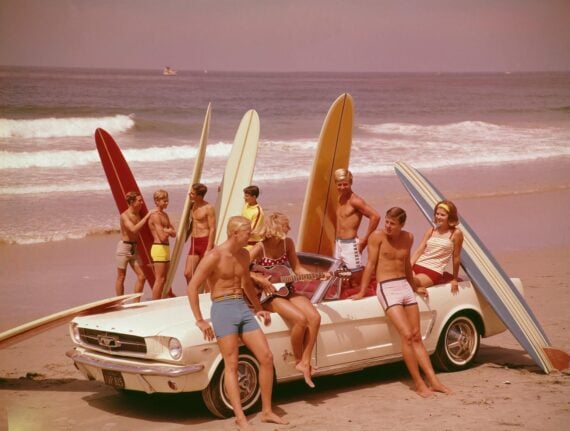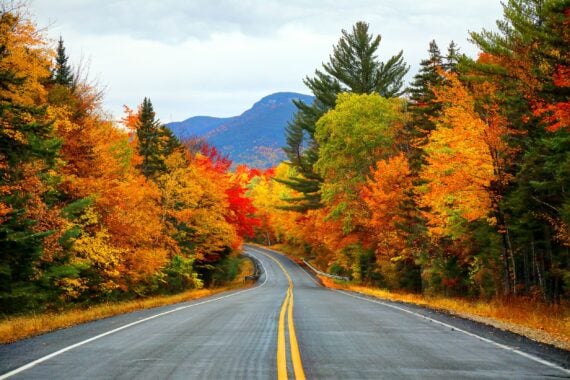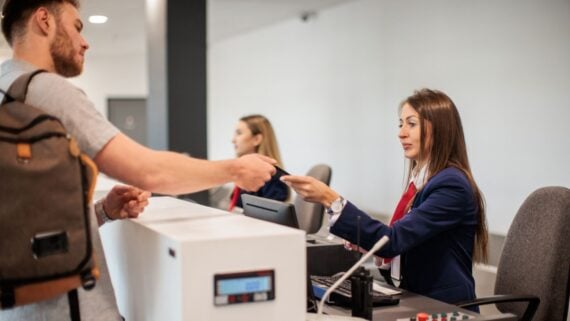America’s National Park Service is more than 100 years old. Yellowstone was the very first national park, recognized by Congress in 1872. But the agency didn’t become official until President Woodrow Wilson signed the Organic Act of 1916, in the spirit of conservation and environmental awareness. The Park Service has since grown to include more than 400 national parks, monuments, battlefields, recreation areas, and more. Here are 19 tips for saving money on your next visit to a national park.
Take Advantage of a Fee-Free Day
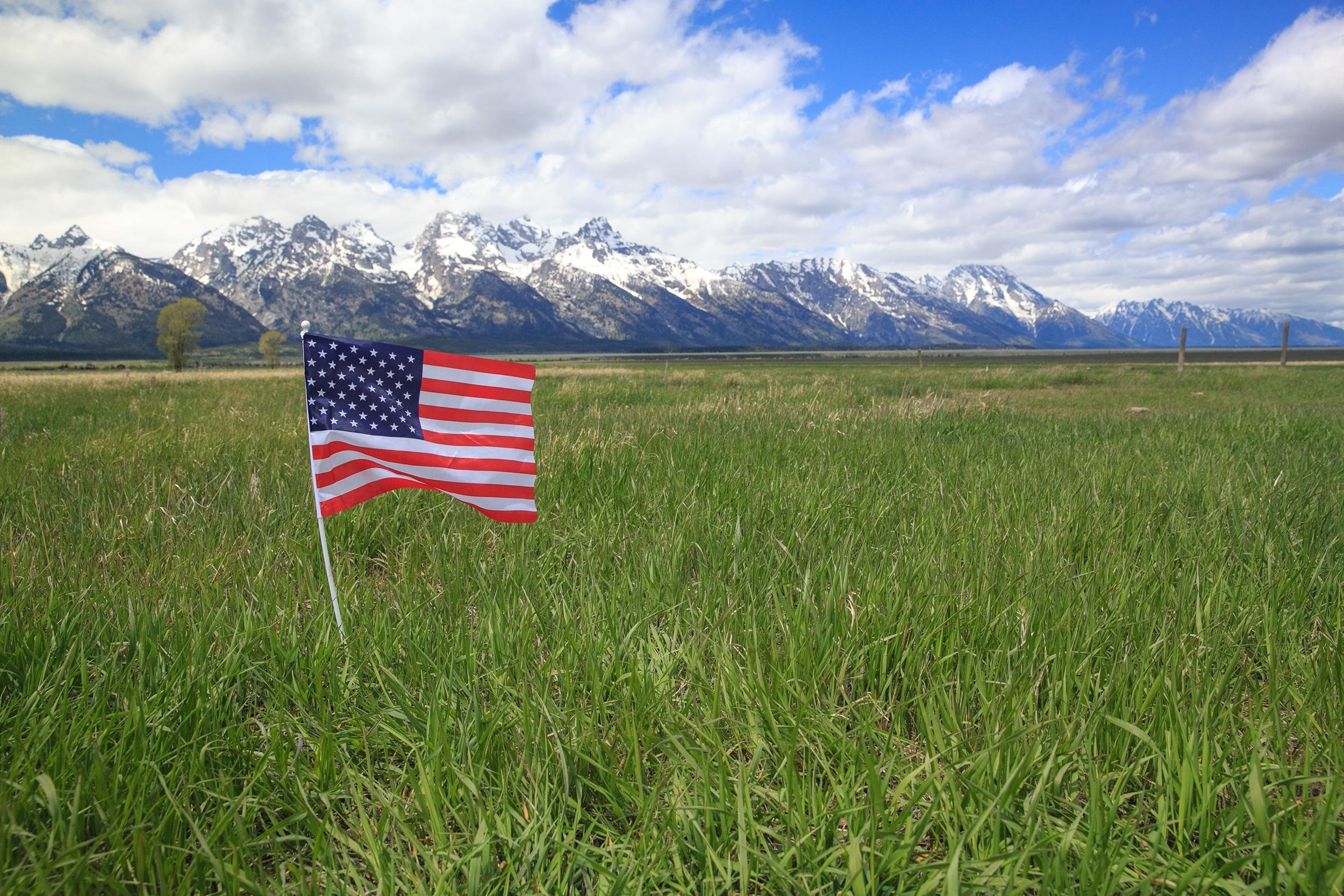
The National Park Service offers several free days during the course of the year. It offered free entrance on Martin Luther King Jr. Day in January and will do it again the first day of National Park Week on April 20. The remaining dates this year are Aug. 25 (National Park Service Anniversary), Sept. 28 (National Public Lands Day), and Nov. 11 (Veterans Day). It’s savings for visitors to the 115 sites that normally charge entrance fees.
Get Creative With Transit
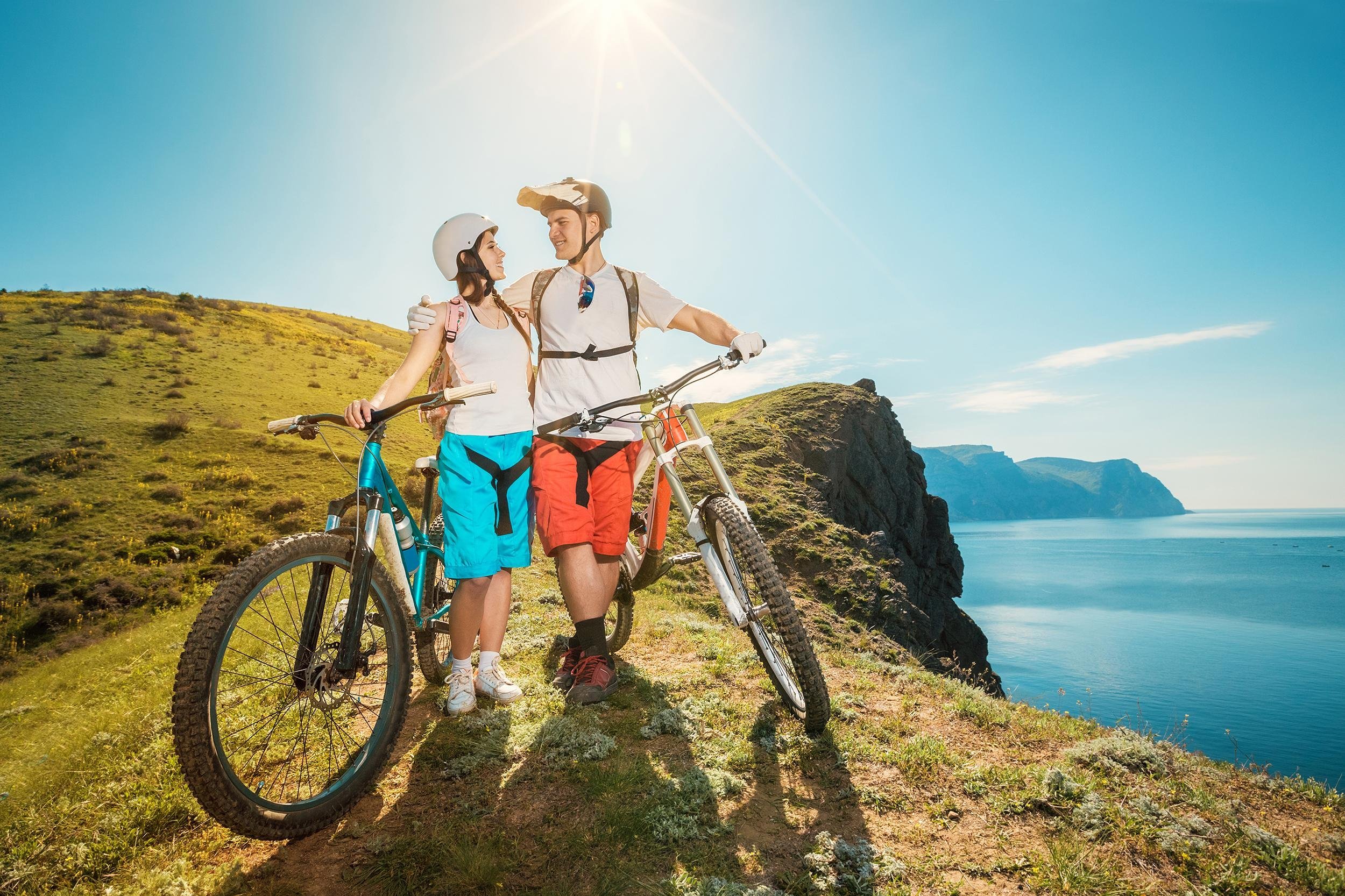
Motorists who drive into national parks typically pay an entrance fee of up to $35 a vehicle for seven days, which is generally a good value for families (and is set to go up in many parks Jan. 1, 2020). But individuals who bike or ride a motorcycle through the gates often get reduced rates — by as much as half. Destinations popular with cyclists include Crater Lake National Park in Oregon, Redwood National Park in California, and Skyline Drive in Virginia. Public transit also may be a cheaper option for individual visitors or even couples. In the Yosemite area, bus tickets to Yosemite Valley start at less than $5 (one way) and include park admission. Inside the park, a free shuttle operates all day.
Travel With a Group
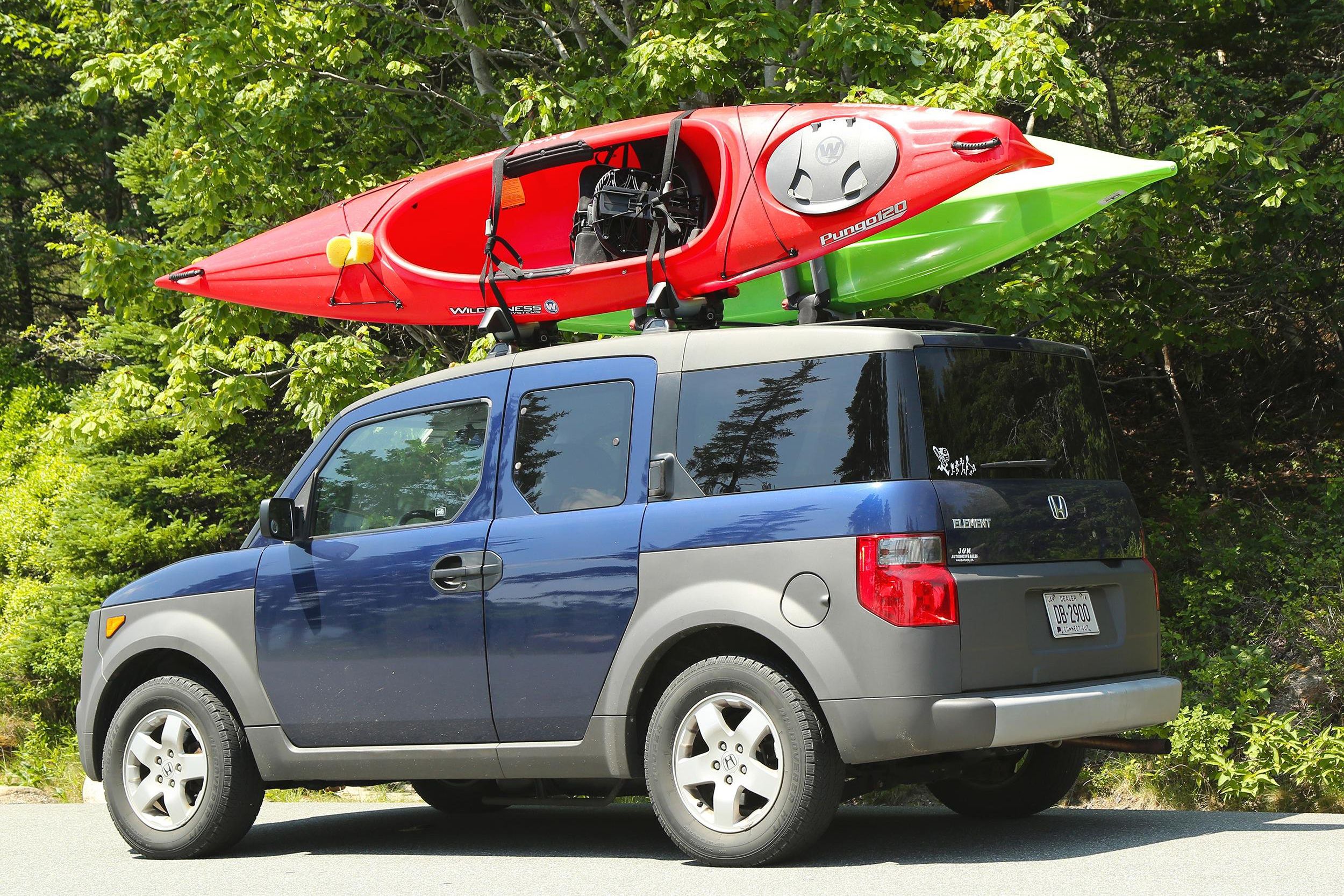
Not only does piling everyone into one car save on gas, it also saves on entrance fees. Most national parks charge per vehicle, rather than per person, which can make a tight squeeze worth it. Once inside a large park, visitors can often leave their cars and take free shuttles for more savings on fuel. Although some parks have gas stations within park limits, prices tend to be higher than in town.
Camp Out
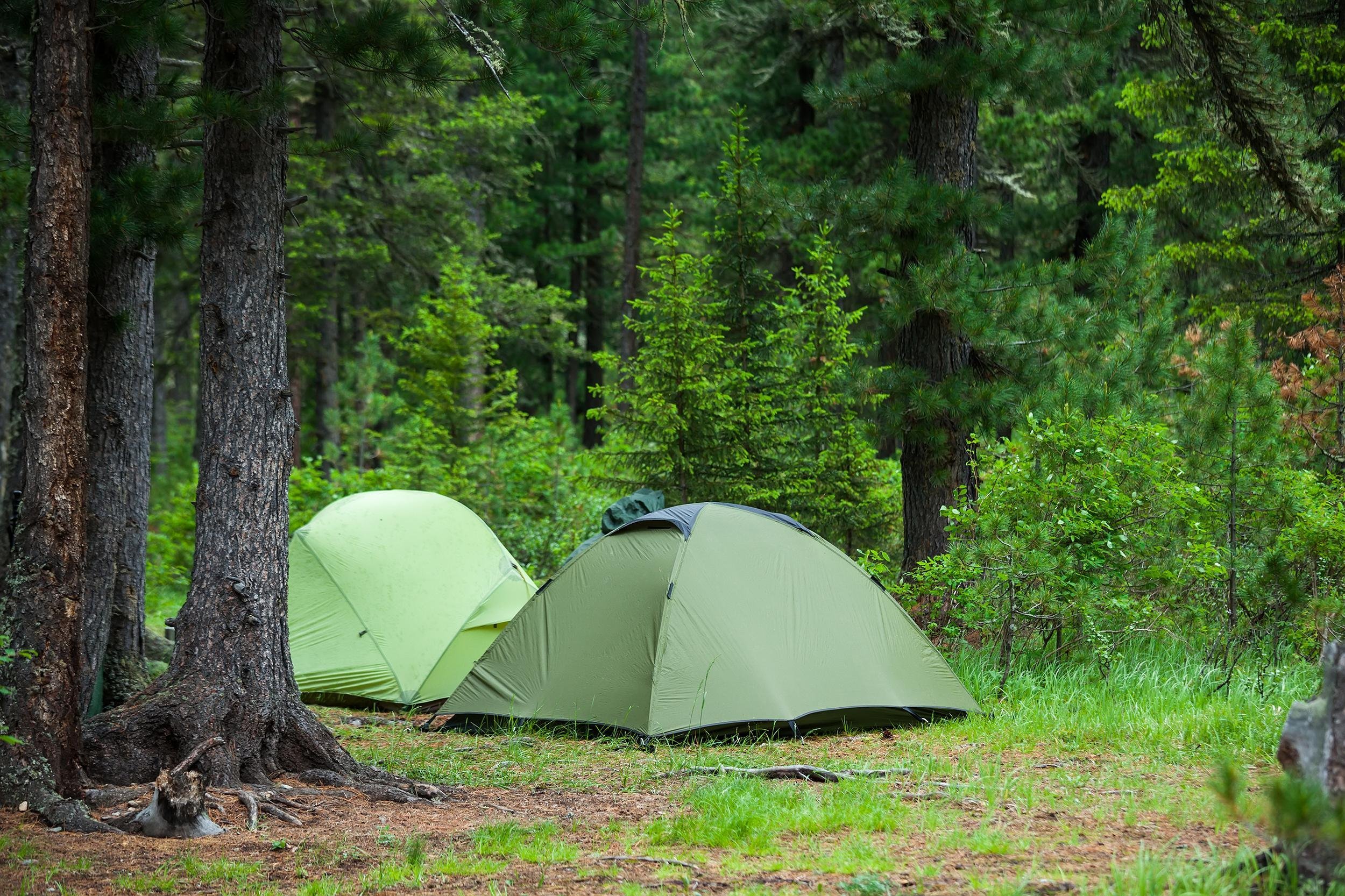
Planning to stay overnight? National parks draw lots of tourists during the high season, reducing room availability at hotels and pushing rates through the roof. Camping is the cheapest option, but campgrounds are often filled to capacity in the summer. Try to reserve a spot online, ahead of time, especially at popular parks, which often see spaces booked months in advance. Other budget-friendly options include staying in a cabin on park grounds or booking a privately run campsite nearby. Inexpensive motels outside many national parks cater to frugal visitors who balk at the rates inside.
Sign Up for an Eco-Volunteer Gig

National Park Service volunteers who complete 250 hours of service get a free annual pass to all national parks. Organizations such as Wilderness Volunteers run projects all over the West and in some other areas, too, that can help volunteers qualify — sometimes by taking weeklong missions.
Trending on Cheapism
Tap Into Affiliations
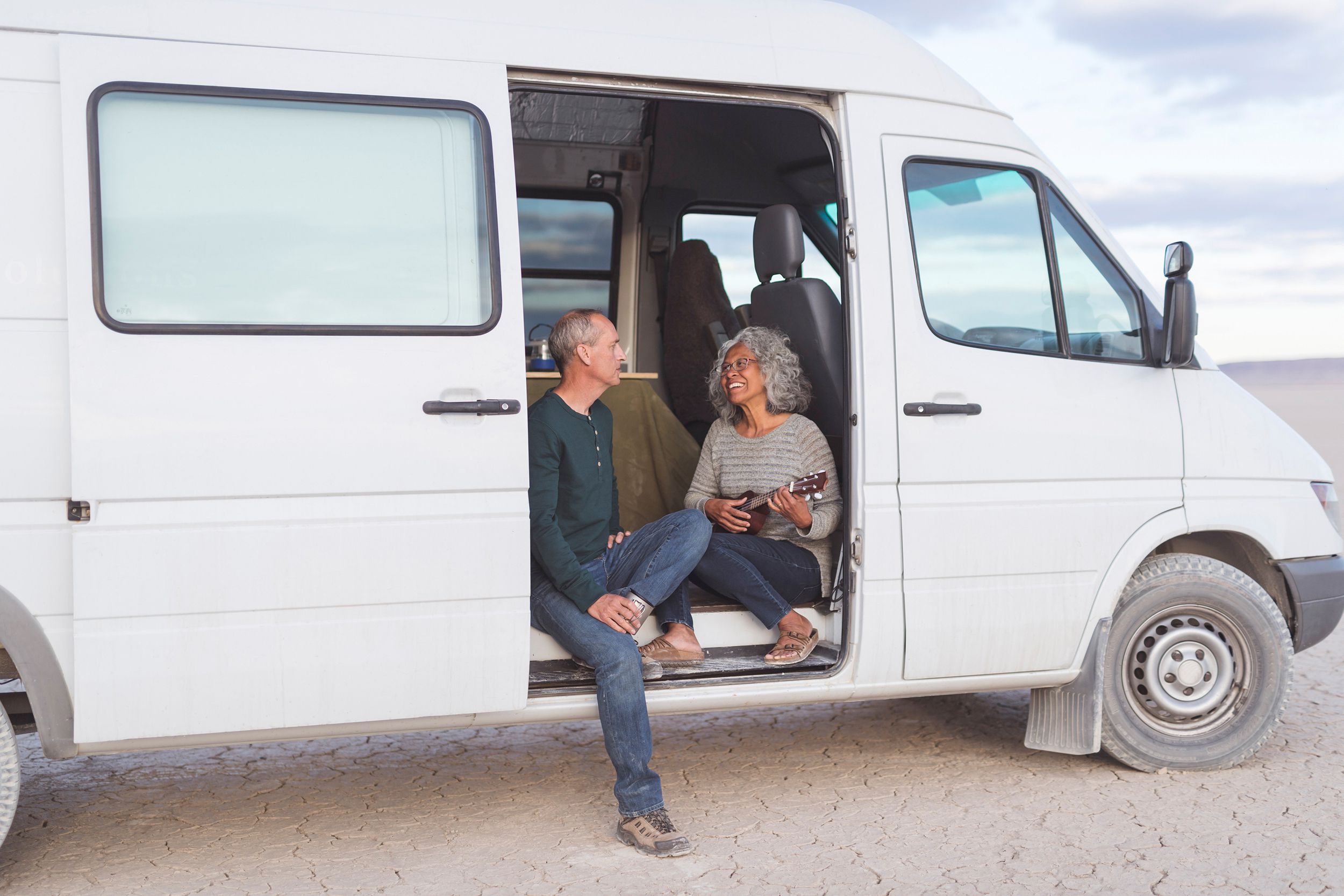
At most national parks, veterans, AAA members, seniors, students, military personnel, and people with disabilities get reduced rates or free access. And it may not be only the member who saves. Discounts sometimes apply to entire groups even if just one person qualifies. For example, U.S. citizens and residents 62 and older can buy a lifetime pass for $80, which admits everyone in the vehicle.
Consider an Annual Pass
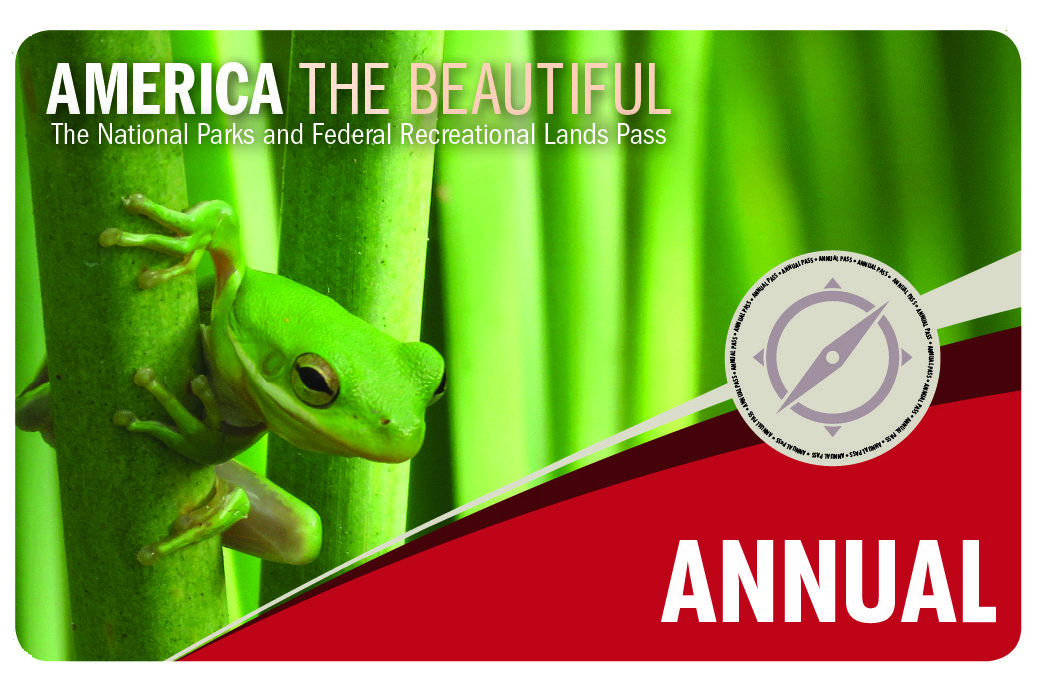
For avid travelers or outdoor enthusiasts who plan to visit several sites in the national park system during the year, an America the Beautiful Pass might make financial sense. For $80 a year, the pass provides unlimited access to more than 2,000 national recreation sites, including all 60 national parks. Pass holders 16 and older can enter any site with up to three other adults (children under 15 are free) at parks that charge per-person fees. At sites that charge per vehicle, the pass covers everyone in the car.
Annual Passes Are Cheaper for Seniors
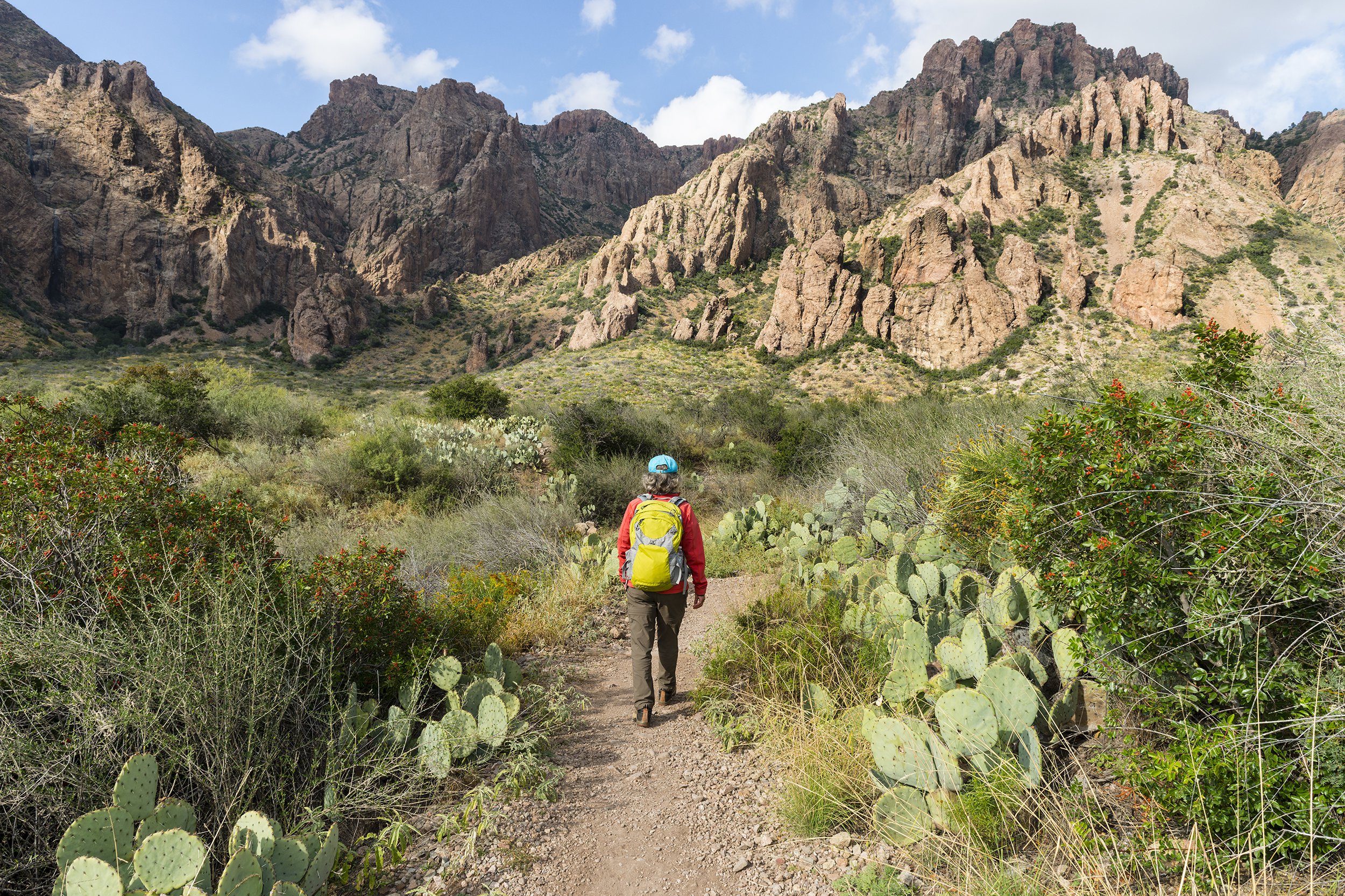
A great discount available to senior citizens, the Park Service’s Annual Senior Pass is only $20 and may provide a 50 percent discount on some amenity fees charged for facilities and services such as camping, swimming, boat launch, and specialized interpretive services.
Sign up for our newsletter
Consider a Park-Specific Annual Pass
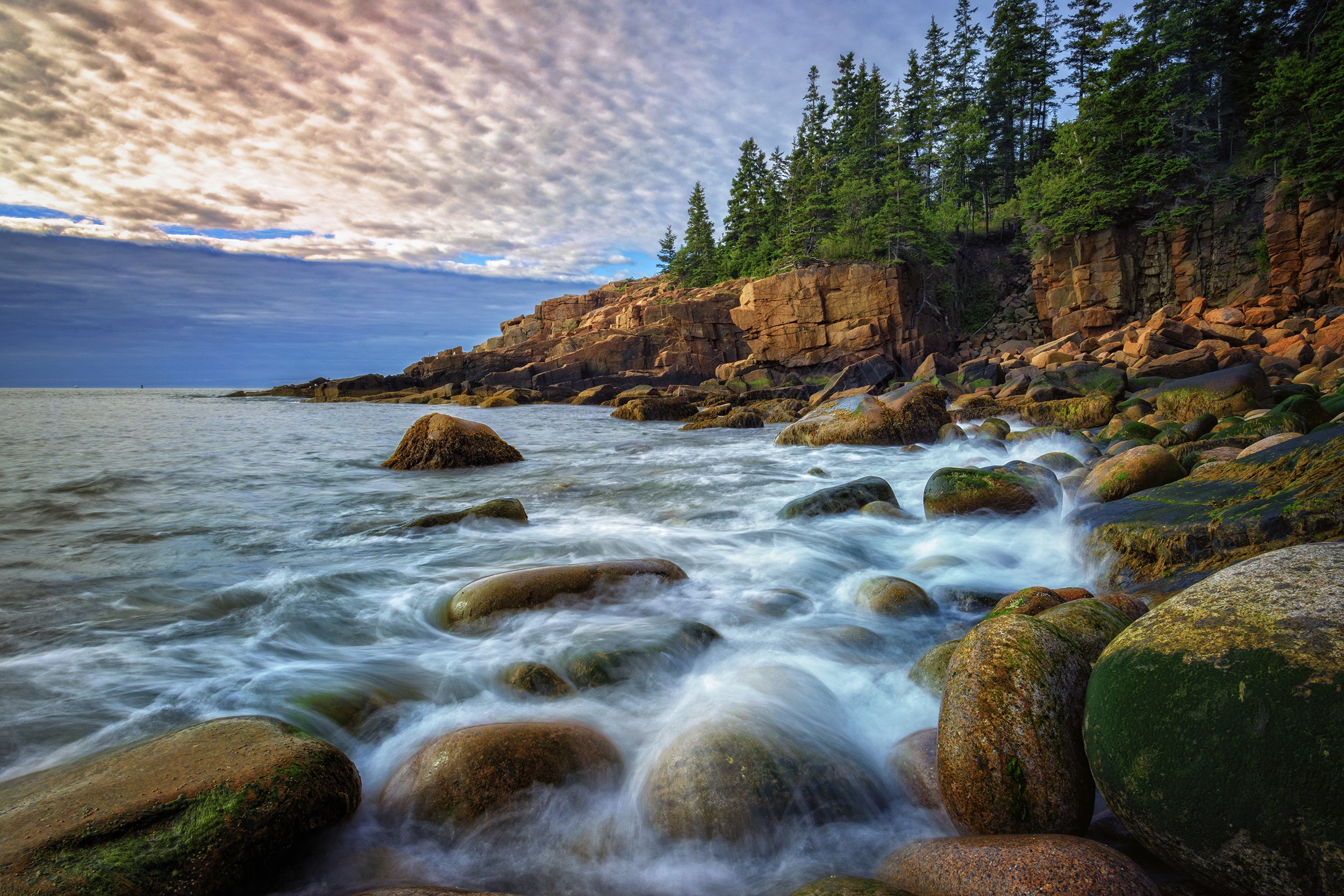
If you have a specific park that you like to frequent often, you might want to get an annual pass for that location only. Park-specific annual passes cost less than the America the Beautiful Pass and will allow unlimited access to a particular park.
Take Advantage of Park Freebies
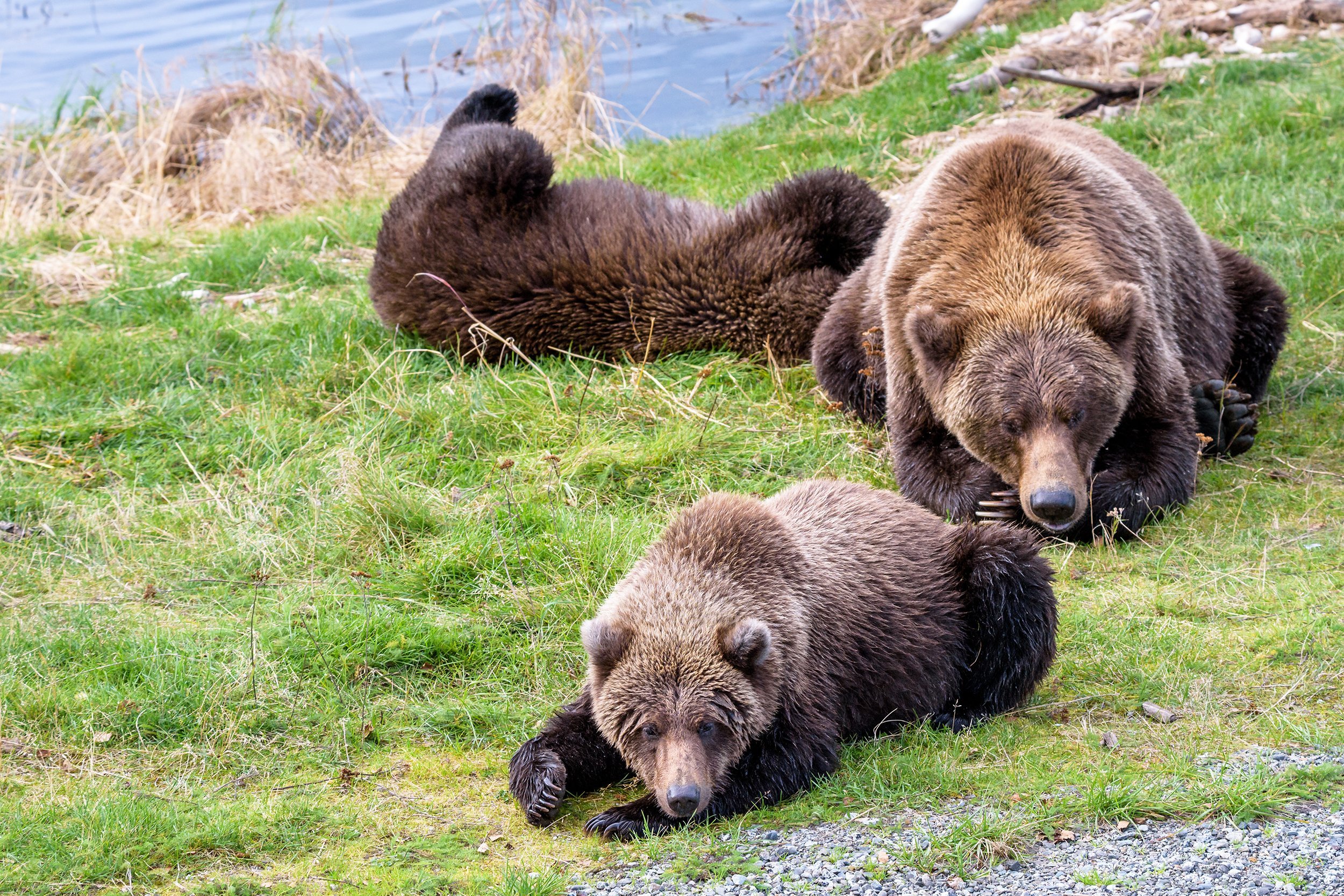
Many visitors to national parks don’t realize how many free, unique activities are available beyond brief ranger-led talks or walks. Bear watching in Alaska, canoe tours in South Carolina, and paleontology tours in Death Valley are just some examples.
Grab Online Deals

In addition to checking travel sites for deals when planning a budget trip to a national park, visit the discount travel site Cosmos, which offers tours and travel plans in partnership with the Park Service. The Park Service’s official newsletter offers travel tips, promotions, and updates.
Hop on Amtrak
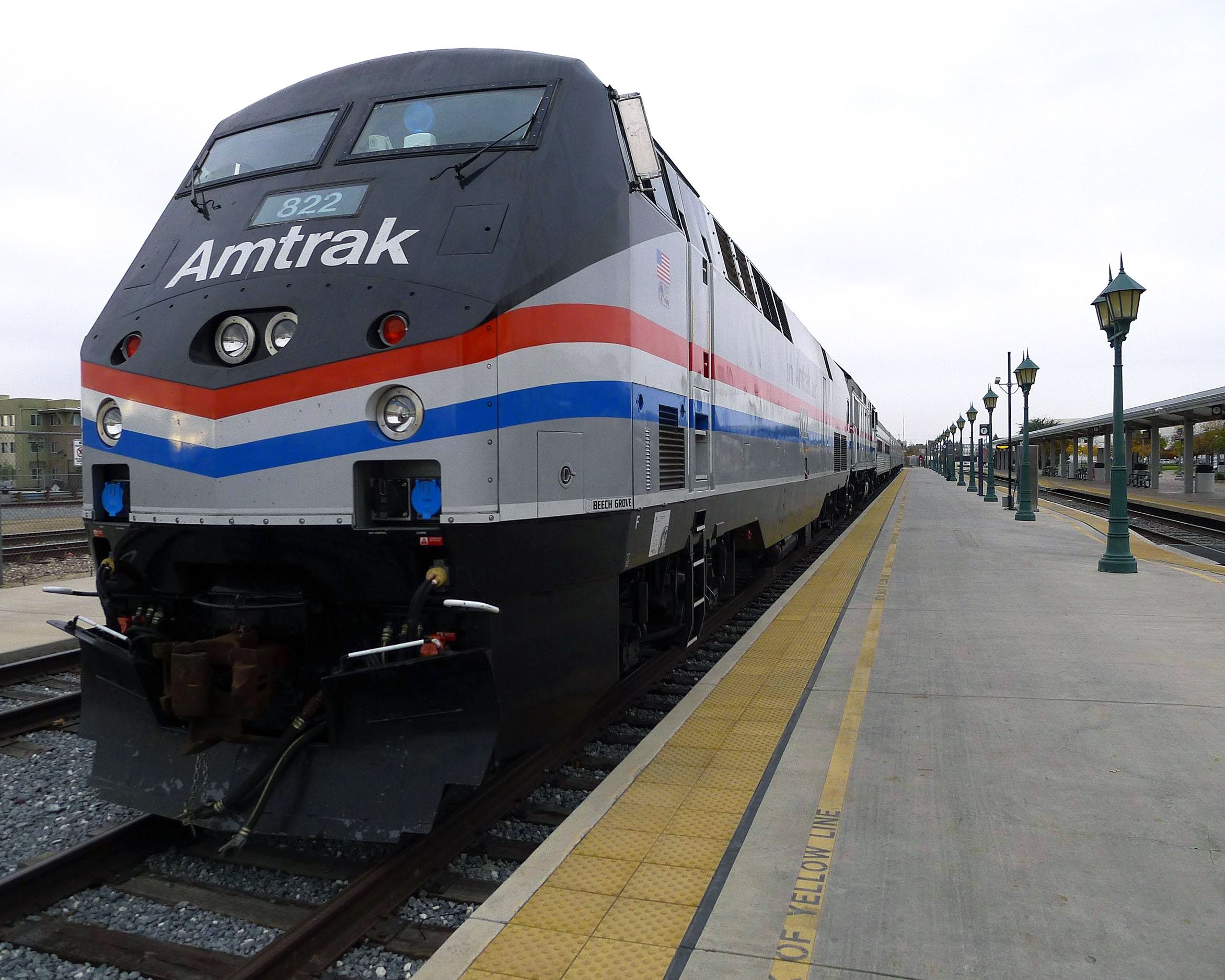
Many national parks can be reached by train. Amtrak Vacations offers deals that combine travel, lodging, meals, and attraction fees, making trip planning more convenient. Vacation packages feature Yellowstone, Grand Canyon, Rocky Mountain, Glacier, and Crater Lake national parks, among others.
Stock Up Close to Home
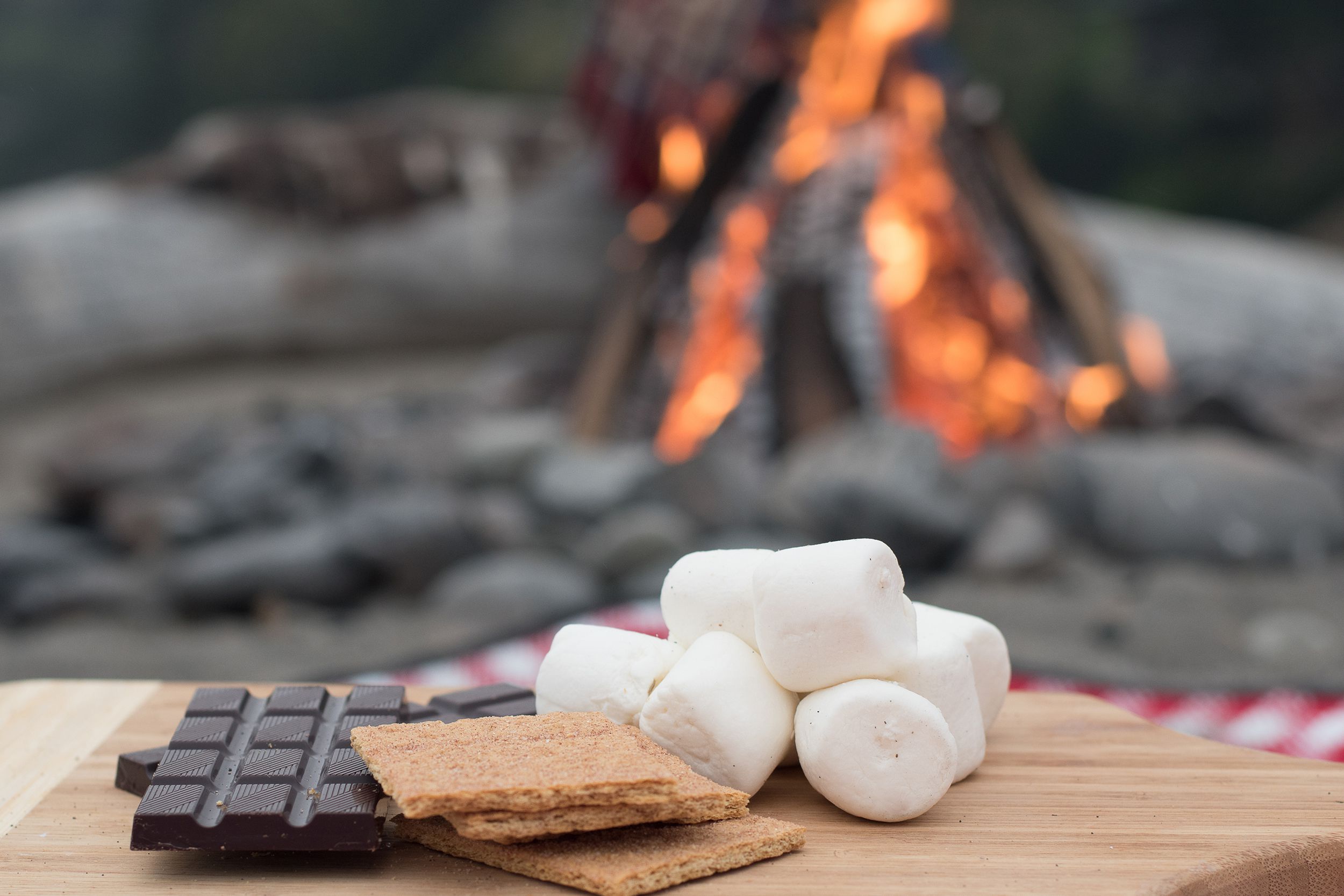
Many national parks are in remote locations or tourist destinations where prices on just about everything are higher than back home. So be sure to stock up on sunscreen, batteries, bug spray, first aid equipment, and other essentials at discount stores before the trip. Food is also more costly on park grounds and sometimes hard to come by, so bring snacks, beverages, and even meals. Just be sure to follow park regulations for food storage and waste disposal. No one wants a bear making off with a picnic basket.
Keep Cooking Simple

When you do cook, keep the recipes simple. Sandwiches, hot dogs, and raw fruits and vegetables work well. Avoid recipes that involve loads of cooking equipment.
Rent or Buy Used Gear
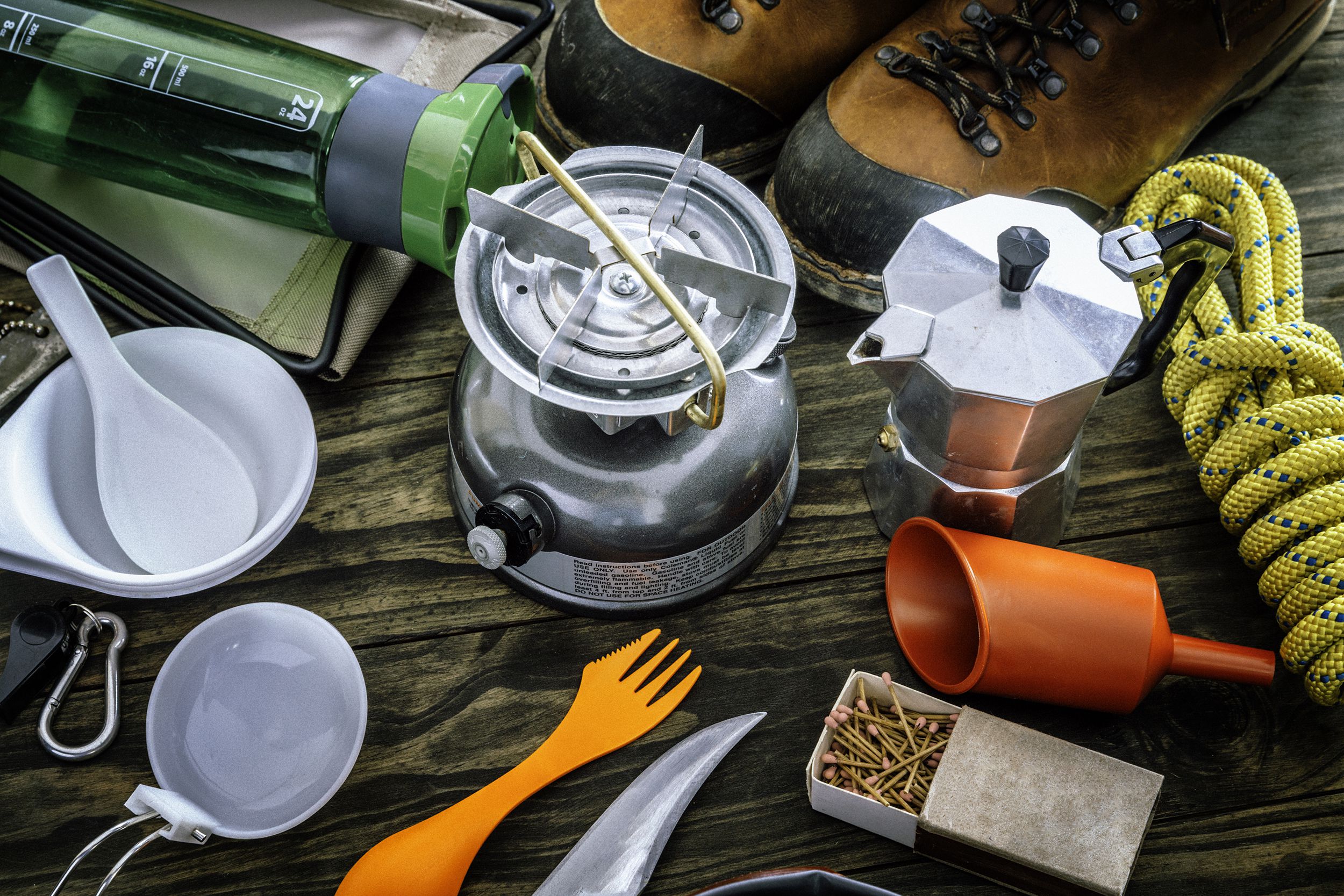
If you hike or camp rarely, don’t spend a ton of money on new gear for a trip to a national park. Look for used and rented gear instead, including backpacks, lights, tents, stoves, and more. Check secondhand stores and sites such as Craigslist, Amazon, and eBay, or post a request on Freecycle to find people giving away unwanted outdoor gear for free. Lots of folks get the camping bug only to discover it’s not for them, and buying their gently used equipment is an easy way to save big.
Don’t Ignore National Monuments
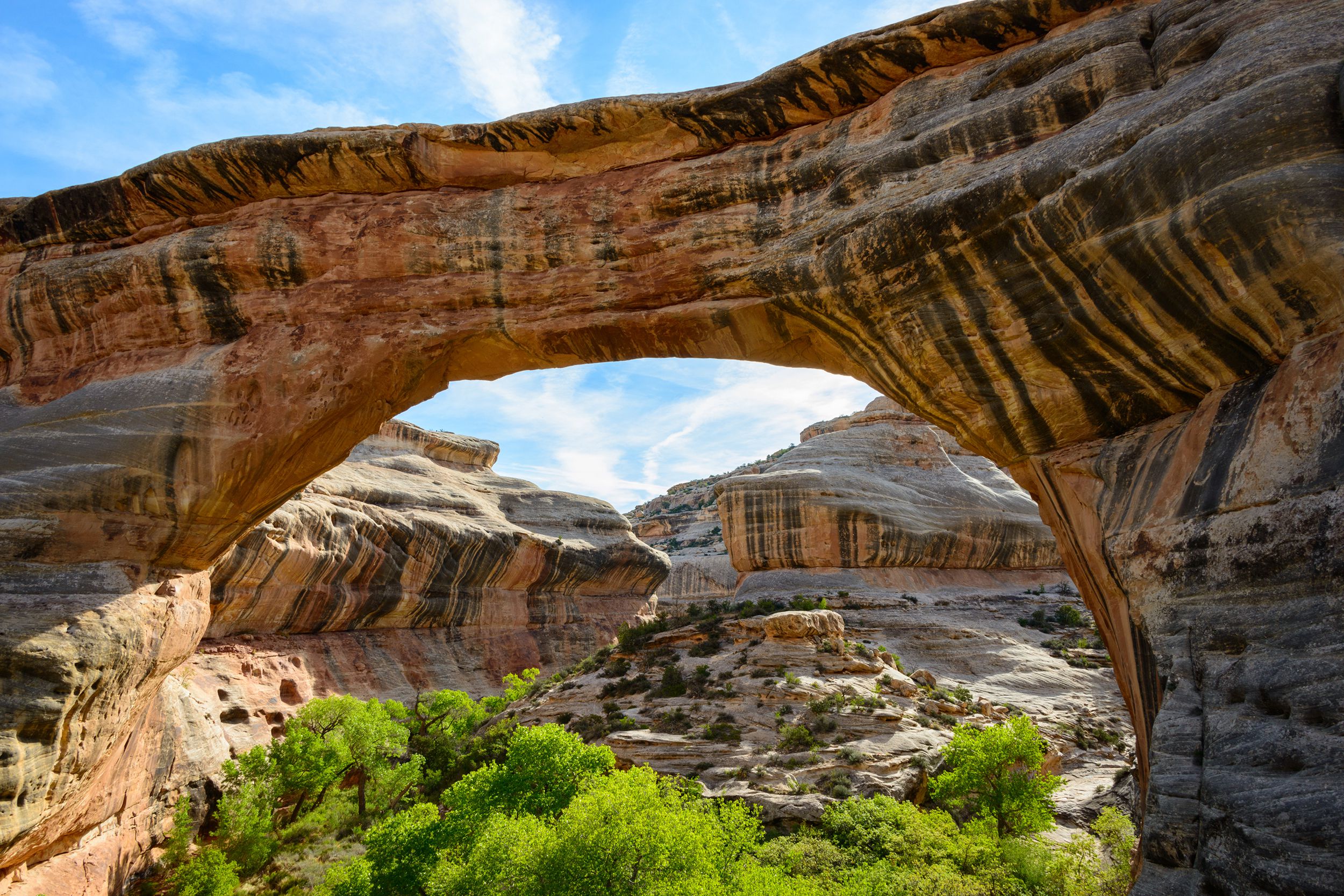
National parks such as Rocky Mountain, Great Smoky Mountains, Grand Canyon, and Yellowstone spring to mind for visits, but the national park system also includes hundreds of monuments, landmarks, memorials, preserves, and recreational areas. These sites tend to be cheaper to visit — rarely more than $15 or $20 to enter — and include attractions such as the Washington and Lincoln memorials in Washington, D.C. (free). Spend a week visiting Utah’s spectacular Natural Bridges ($20 a vehicle); Castillo de San Marcos in Saint Augustine, Florida ($15 for adults 16 and older); or Fort McHenry in Baltimore (also $15 for adults). The Park Service has hundreds of spots to explore, so look beyond the most famous (read: overcrowded and priciest) destinations.
Claim an ‘Every Kid in a Park’ Pass
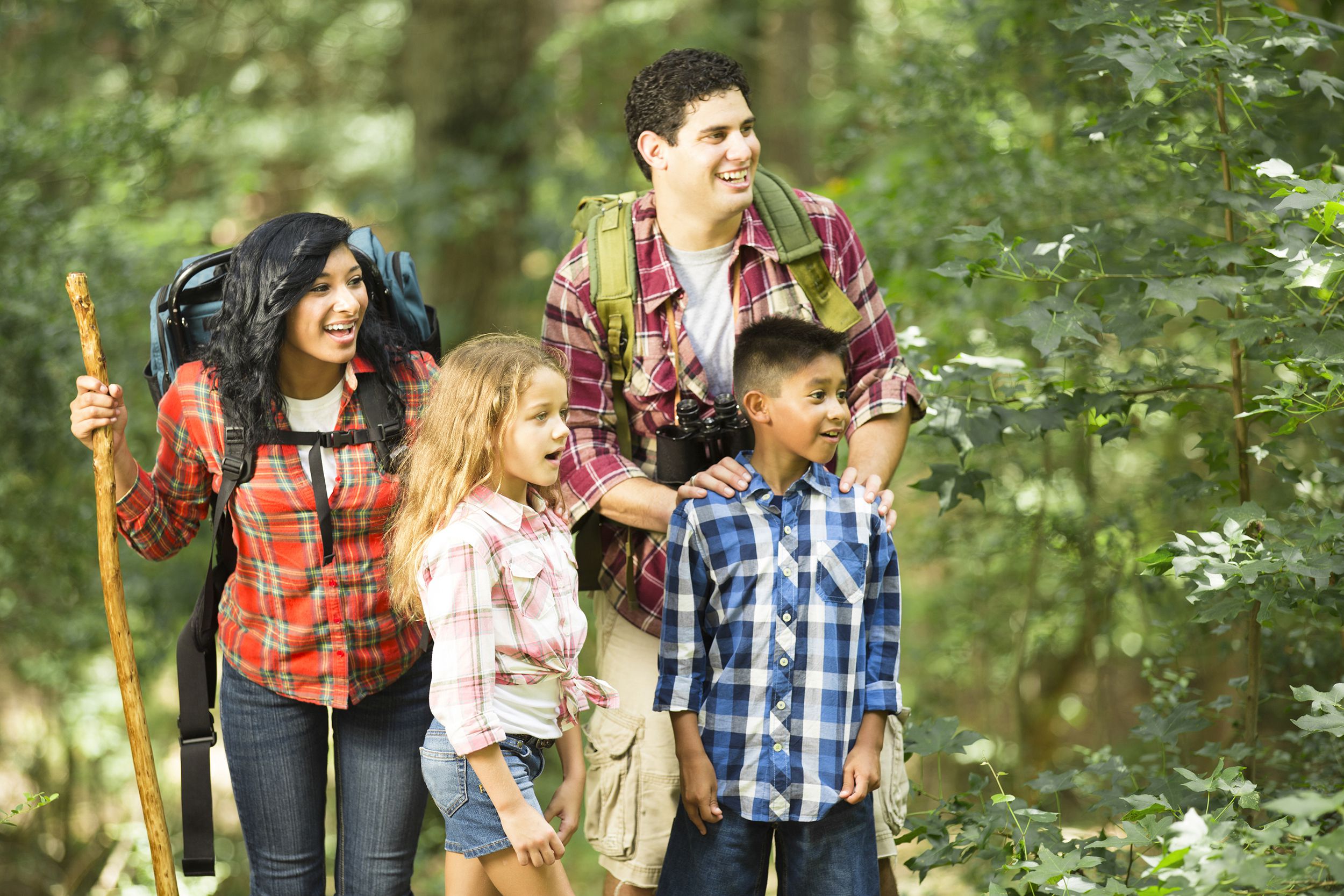
The Every Kid in a Park pass affords all U.S. fourth-grade students and their families free entrance to any national park (along with other federal lands and waters) for the school year — an $80 value. To solve the challenge of getting kids to these national treasures, particularly from underserved communities, the National Park Foundation provides transportation grants to federal agencies wishing to host fourth-graders.
Go Off-Season
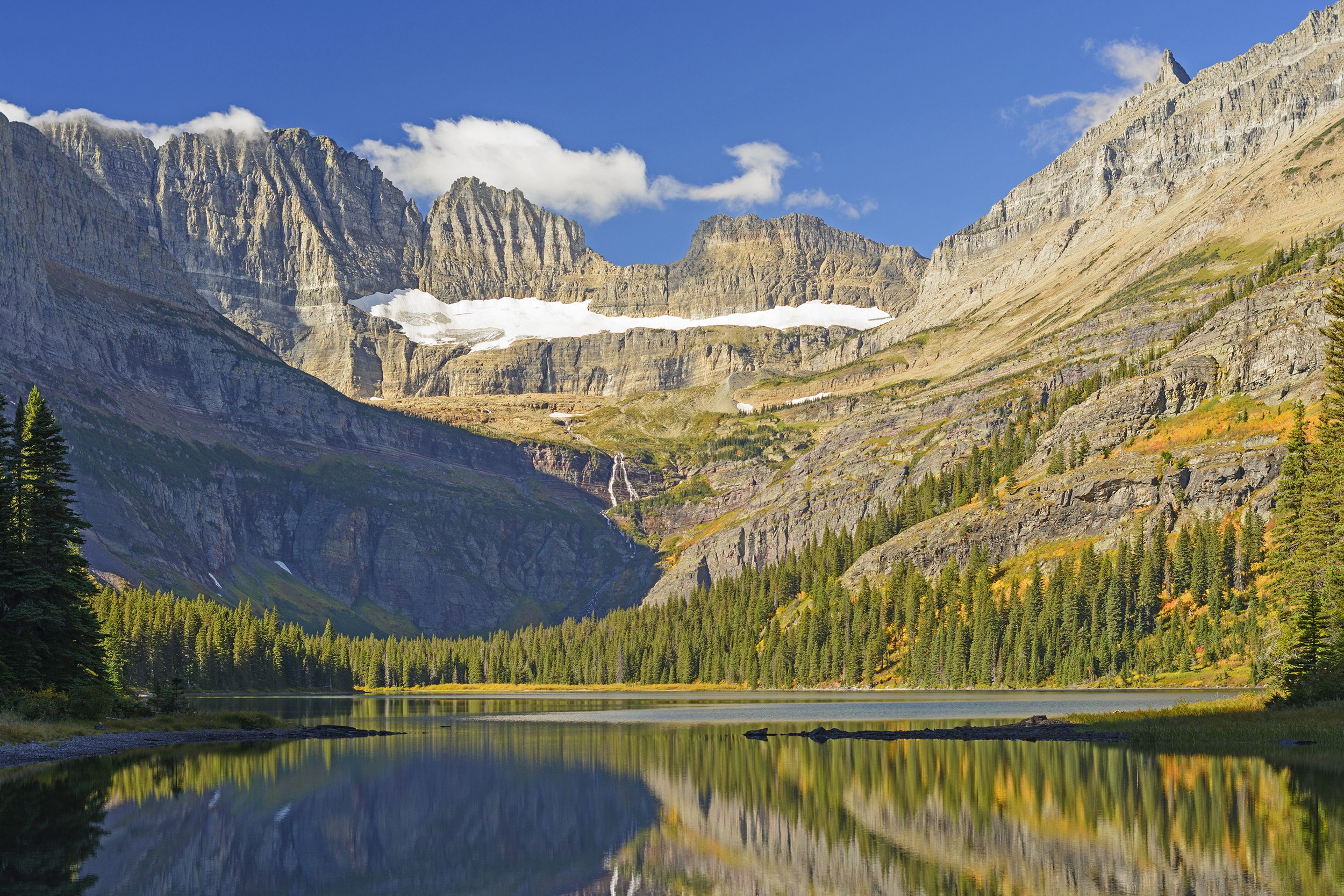
Some sites, including Glacier National Park, have camping rates that are lower in the off-peak season.
Consider Going in an RV
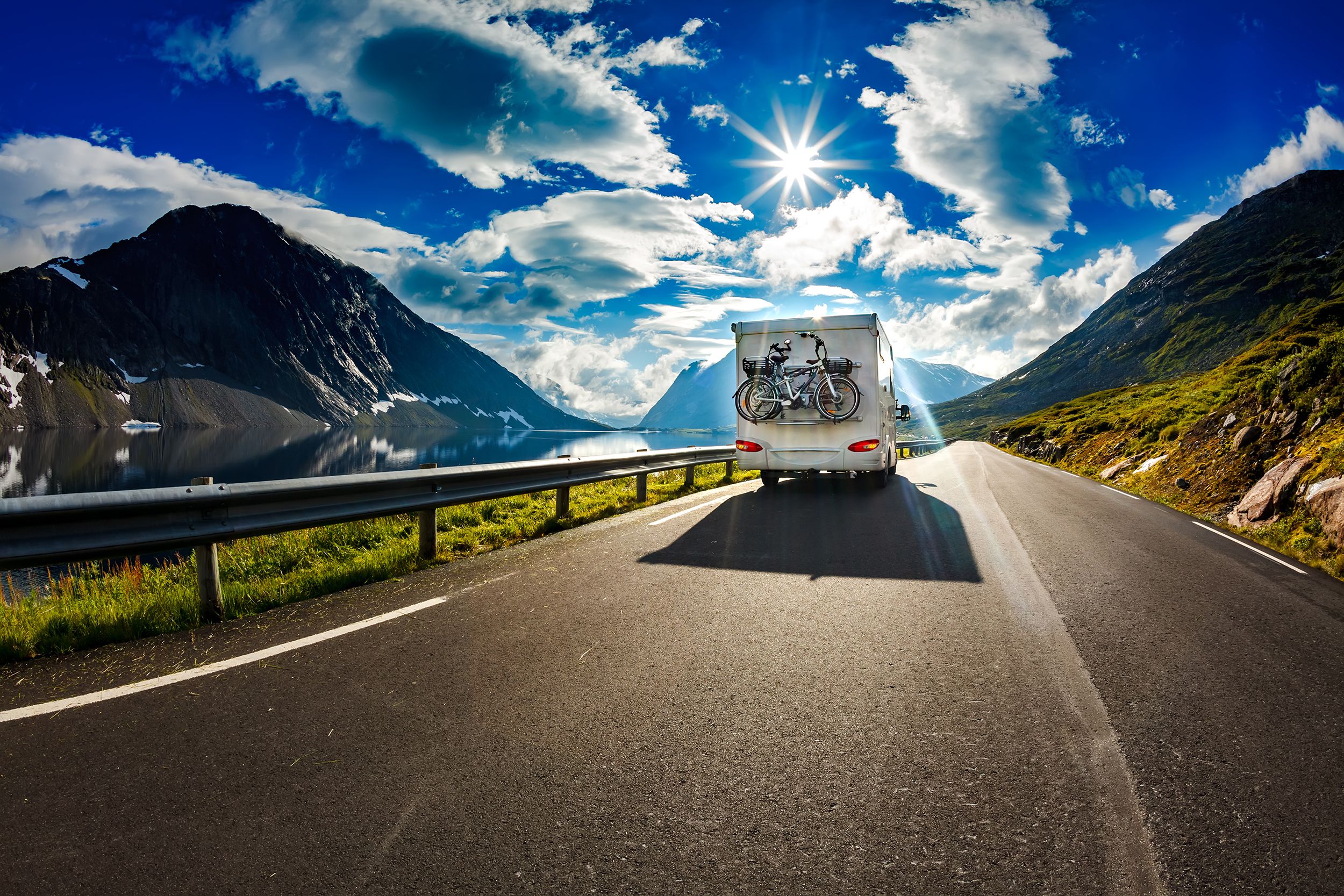
Lodging is typically one of the biggest travel expenses, but it doesn’t have to be. Many national parks are equipped to handle RV campers and offer reasonable overnight rates. Visiting in an RV will also increase your cooking options.
